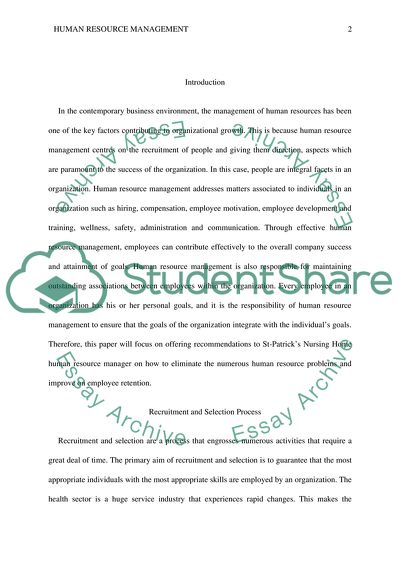Cite this document
(The Management of Human Resources Case Study Example | Topics and Well Written Essays - 3250 words, n.d.)
The Management of Human Resources Case Study Example | Topics and Well Written Essays - 3250 words. Retrieved from https://studentshare.org/human-resources/1630716-managing-human-resources-management
The Management of Human Resources Case Study Example | Topics and Well Written Essays - 3250 words. Retrieved from https://studentshare.org/human-resources/1630716-managing-human-resources-management
(The Management of Human Resources Case Study Example | Topics and Well Written Essays - 3250 Words)
The Management of Human Resources Case Study Example | Topics and Well Written Essays - 3250 Words. https://studentshare.org/human-resources/1630716-managing-human-resources-management.
The Management of Human Resources Case Study Example | Topics and Well Written Essays - 3250 Words. https://studentshare.org/human-resources/1630716-managing-human-resources-management.
“The Management of Human Resources Case Study Example | Topics and Well Written Essays - 3250 Words”. https://studentshare.org/human-resources/1630716-managing-human-resources-management.


